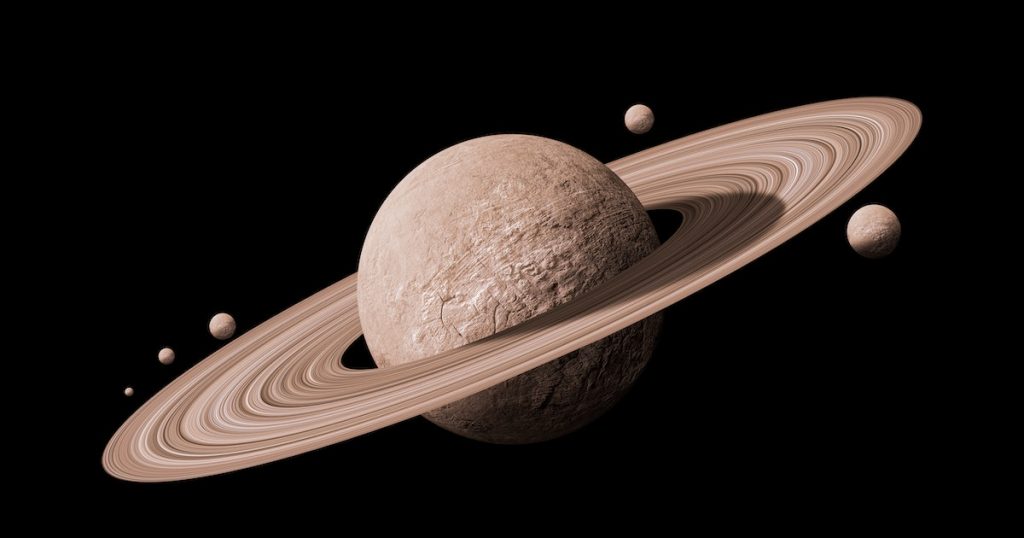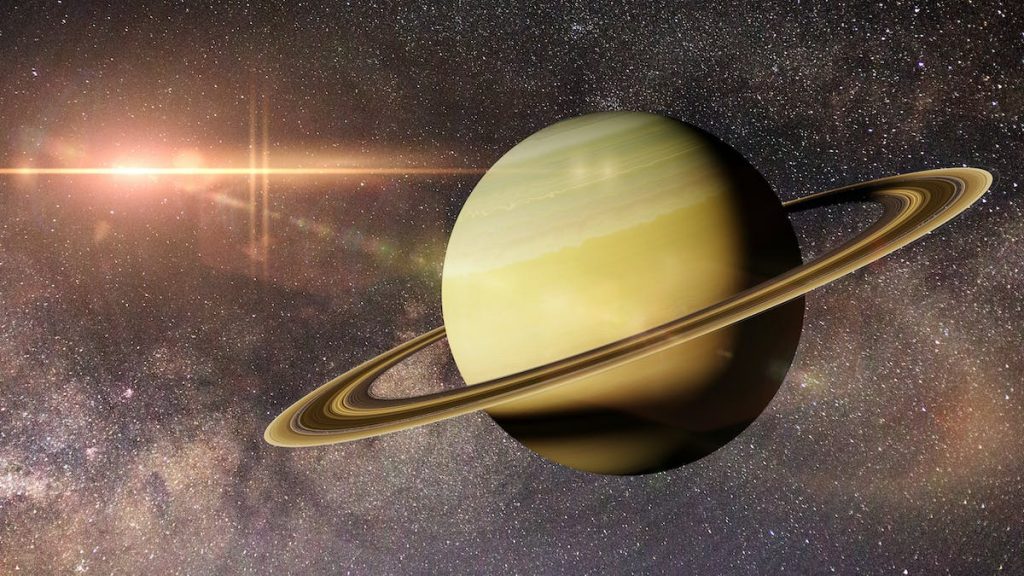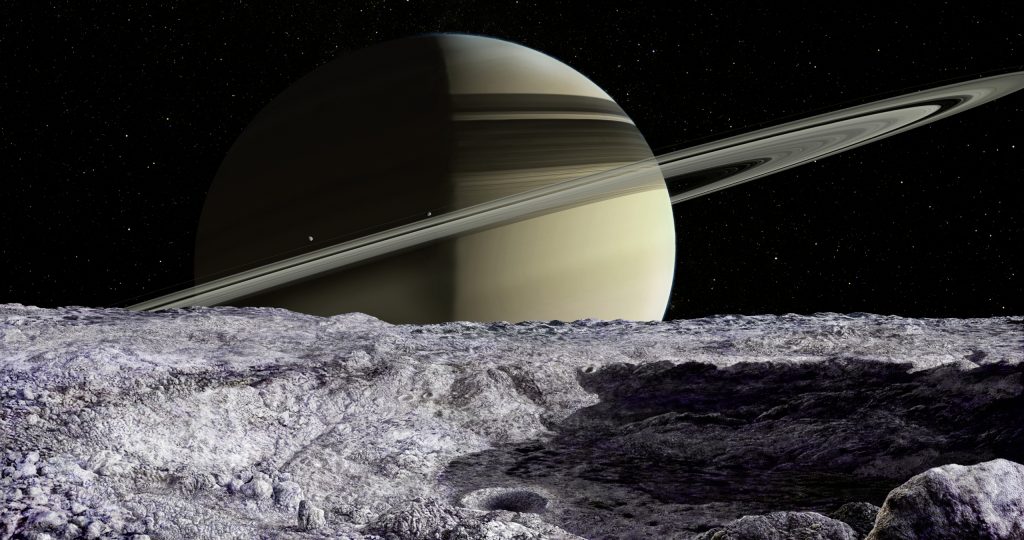The rings of Saturn are formally vanishing, and they are doing so much more quickly than was originally thought.
Saturn, the sixth planet from the sun and one of the most visually stunning objects in the solar system, is losing its rings. This discovery, made by NASA’s Cassini spacecraft, has surprised scientists, as the rings are disappearing much faster than anticipated. In this article, we will explore the reasons behind this phenomenon and the implications it may have for our understanding of the solar system.

The discovery was made by Cassini, which spent 13 years orbiting Saturn before plunging into the planet’s atmosphere in 2017. During its mission, Cassini sent back images and data that revealed a dynamic, complex, and beautiful world. Among the most iconic images captured by Cassini were those of Saturn’s rings, which have fascinated astronomers for centuries.
Saturn’s rings are made up of small particles of ice and rock, ranging in size from a few millimeters to several meters. The rings are thought to have formed around 4.5 billion years ago, shortly after the formation of the solar system. However, the exact process that led to the formation of the rings is still a subject of debate among scientists.

What is not in doubt is that the rings are disappearing. In a paper published in the journal Icarus, scientists analyzed data from Cassini’s final orbits around Saturn and concluded that the rate of ring loss is much faster than previously thought. They estimated that the rings could be completely gone in as little as 100 million years, which is a blink of an eye on the timescale of the solar system.
The reason for the rapid disappearance of the rings is twofold. Firstly, the particles that make up the rings are being pulled into Saturn’s atmosphere by the planet’s gravity. This process is known as “ring rain,” and it has been observed by Cassini. Secondly, the rings are being bombarded by electrically charged particles from Saturn’s upper atmosphere, which causes the particles to become electrically charged and then attracted to the planet.
The fact that the rings are disappearing much faster than anticipated has important implications for our understanding of the solar system. For one thing, it suggests that Saturn’s rings are a relatively recent addition to the planet. If the rings had been around for billions of years, they would have disappeared by now. This raises the question of what caused the rings to form in the first place and why they formed when they did.

One theory is that the rings were created by a collision between a moon and a comet or asteroid. This collision would have created a debris field that eventually coalesced into the rings. Another theory is that the rings are the remnants of a larger moon that was torn apart by Saturn’s gravity. Whatever the cause, the fact that the rings are disappearing so quickly suggests that they are not a stable feature of Saturn’s environment.
The disappearance of Saturn’s rings also has implications for our understanding of other objects in the solar system. For example, Jupiter has a set of faint rings that are thought to be much older than Saturn’s rings. If Saturn’s rings are disappearing so quickly, it is possible that Jupiter’s rings are also in the process of disappearing, but at a much slower rate. This raises the question of how common rings are in the solar system and what their lifespan is.